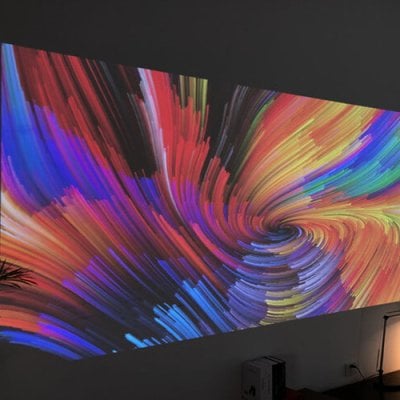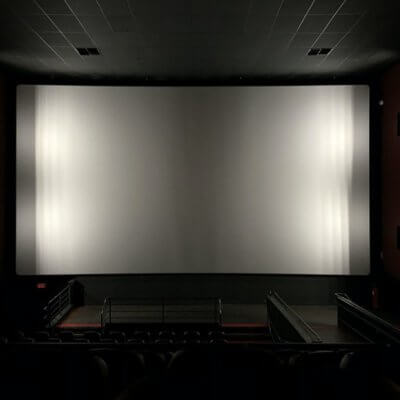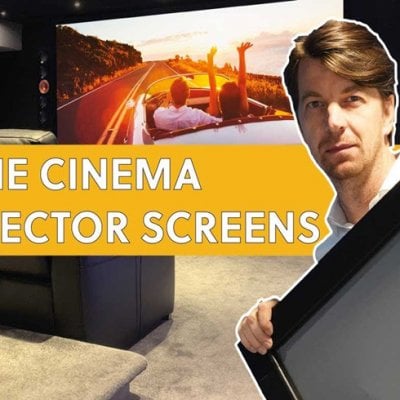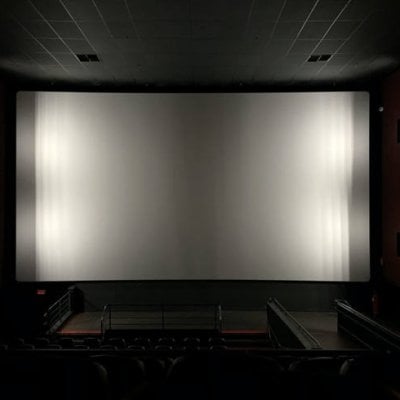Most of movie theaters use projector screens instead of LED, why is that? The first reason is cost. Take an example, a 100-inch Sony TV Z90 can cost nearly $77,000, but 100-inch LED is far from enough for a movie theater. Plus, the increase in the size of LED can lead to geometric growth in cost. A standard IMAX screen for a movie theater is 72.6*52.8 feet, imagine how much it would cost if a movie theater replaced it with LED.
However, the cost is not the only reason that movie theaters choose projector screens. There are several hardware limitations as well.
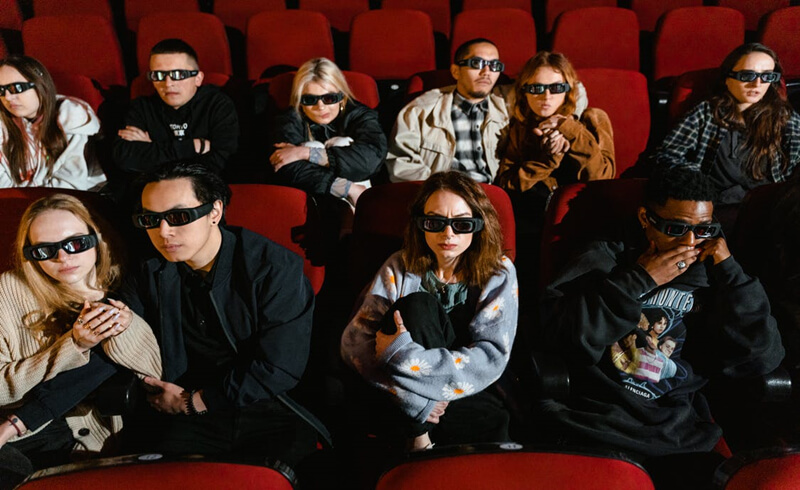
Resolution:
For fine pitch LED, more pixels mean more difficulties added to the stability design. A 50% drop in pixel pitch relies on the realization of the backboard destiny to be quadrupled. Therefore, it’s really hard to improve the pixel amount on the LED. Not to mention that most movie theaters are playing 2K, fine pitch LED are not able to meet this demand for cinemas so far.
Refresh rate:
Projector’s refresh rate can reach 60-240HZ, while most LCD remain 60-120HZ. Both of them are beyond the eyeball’s limit on resolution, however, the delay on display and dropped frame that happens on LCD will have a bad influence on the audience’s viewing experiences, especially when viewing the action movies like The Fast and the Furious.
Point defect:
Point defect is the dark, white or blurry spot that appears on the screen due to some unsteady factors. Point defect happens more frequently on LCD and fine pitch LED. On the contrary, projectors have a more stable performance than LCD or fine pitch LED, with no concern for point defect.
With the development of technology, there is possibility for movie theaters to adopt LED screen widely. Samsung has released a Micro LED specialized for cinemas, achieving great improvement on endurance, resolution and efficiency of cinema LED screen.

